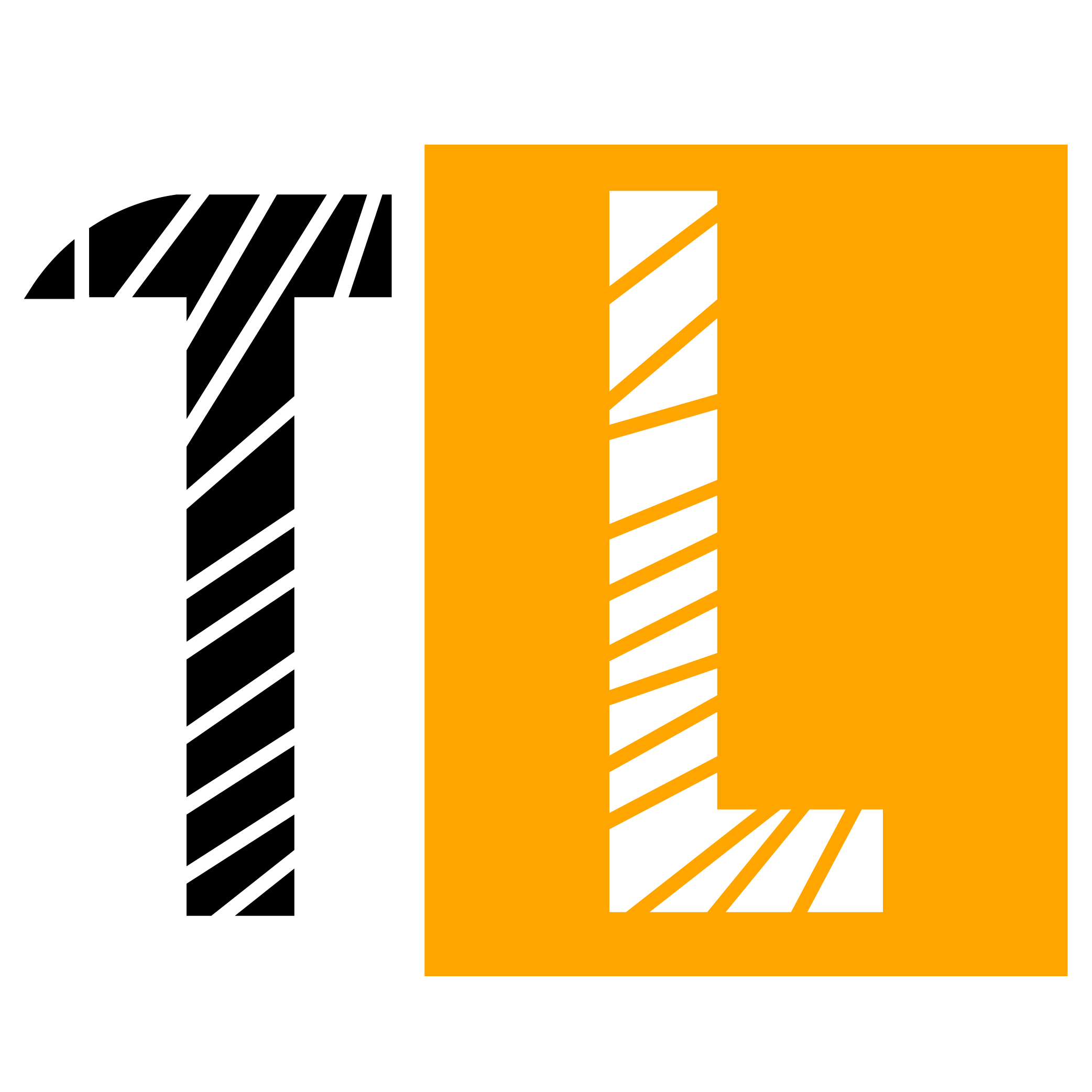In the realm of industrial security management, understanding physical security is paramount. Physical security encompasses the safeguarding of people, property, and assets from potential harm or loss. Its various forms serve distinct purposes: deterring intruders through methods such as warning signs and security lighting, detecting intrusions using alarms and CCTV systems, and enabling appropriate responses through security personnel and law enforcement agencies.
Balancing security measures with associated risks is the task of security designers, architects, and analysts. Considerations include costs, aesthetics, human rights, health and safety, and societal norms. While physical access security suitable for a high-security prison may not be fitting for an office, the core principles remain consistent.
One notable approach in modern security philosophy is Crime Prevention Through Environmental Design (CPTED), a form of environmental criminology. Often overshadowed by cybersecurity, physical security is equally vital.
Components of Physical Security
- Perimeter Barriers (1st Line of Defense)
Perimeter barriers outline and protect restricted areas. They come in various types, including natural barriers like mountains and rivers, structural barriers like walls and fences, human barriers such as security guards, and energy barriers like protective lighting and anti-intrusion alarm systems.
- Building Exteriors (2nd Line of Defense)
Building exteriors, constituting the second line of defense, involve walls, roofing, doors, windows, and fire escapes. These components serve as additional barriers against intrusion.
- Interior Controls (3rd Line of Defense)
The third line of defense includes a range of elements within the protected area, such as guard systems, restricted areas, ID systems, access control, entry/exit control, vehicle identification, communication systems, protective alarm and emergency systems, CCTV, and combined electronic, biometric, and energy barriers.
Perimeter Barriers: Types and Specifications
- Types of Fences
Solid Fence: Opaque and denies visual access, enhancing security.
Full View Fence: Permits visual access but discourages intruders.
- Protective Lighting
Security lighting provides illumination to identify individuals and deter criminal activities. It should enable observation without disclosing the observer’s presence.
- Intrusion Alarm Systems
These systems detect intrusions through methods like breaking electrical circuits, interrupting light beams, or detecting sound and vibration changes.
- Communication Systems
Various communication tools like telephones, intercoms, two-way radios, and paging systems facilitate security personnel’s effective communication and coordination.
Protective Locks, Keys, and Fire Alarm Systems
Understanding the complexities of keys, keys, and fire detection systems is critical in security administration. Warded locks, lever tumble locks, disc tumbler locks, pin tumbler keys, combo locks, or padlocks are examples of these. Fire alarm systems consist of detectors like smoke and ionization detectors, as well as automatic sprinkler systems such as wet pipe, dry pipe, and deluge systems.
Storage Security of Records
Record storage involves categorizing records into classes based on their importance and utilizing appropriate storage containers. Vaults, equipped with fire-resistant features, are used for added protection.
Guard Systems and Personnel
Guard systems encompass human, animal, and energy barriers. Guards can be stationary or patrolling, and there are different types, such as proprietary guards, contract guards, and government guards. Understanding regulations like R.A. 5487 is vital, ensuring private security agencies adhere to licensing requirements and personnel qualifications.
In conclusion, mastering industrial security management involves a nuanced understanding of physical security components, regulatory compliance, and the strategic placement of security measures. Embracing a comprehensive approach ensures the safety of people, property, and assets in diverse environments, reinforcing the foundation of effective security management practices.
What is the advantage of a full-view fence?
A full-view fence offers distinct advantages in various security contexts. Its primary benefit lies in enabling constant visibility, allowing security personnel to monitor the protected area effectively. Unlike solid fences, a full-view design permits clear observation of activities both inside and outside the enclosure. This transparency acts as a deterrent, as potential intruders are aware of being under surveillance, reducing the likelihood of unauthorized access. Additionally, full-view fences enhance natural light penetration, contributing to a well-lit environment during the daytime, which is essential for security cameras and guards. In summary, the advantage of a full-view fence lies in its ability to provide continuous visibility, promoting security vigilance and deterring potential threats effectively.
What is a solid view fence?
A solid view fence is a type of fencing structure constructed using opaque materials that entirely block visual access through the fence. Unlike other fence designs, a solid-view fence prevents any observation of the area it encloses from the outside. This lack of visibility serves as a security measure by denying potential intruders the opportunity to observe activities, personnel movements, or valuable assets within the enclosed space. While solid-view fences offer a high level of privacy and security, they do not allow for visual monitoring, making them suitable for scenarios where complete seclusion is essential.
What are the three types of fences?
Fences come in various forms, each serving specific purposes in different settings. The three primary types of fences are natural barriers, structural barriers, and energy barriers. Natural barriers include features like mountains, rivers, and terrain that naturally impede access. Structural barriers are human-made constructions, such as walls, fences, and roofs, designed to deny access or delay intrusion. Energy barriers, on the other hand, encompass electrical or electronic devices like protective lighting and anti-intrusion alarm systems, enhancing security alongside physical barriers. These diverse fence types offer versatile solutions for safeguarding different environments and assets.
What is the advantage of a solid fence?
A solid fence provides unparalleled privacy and security to any property. Its main advantage lies in its ability to block the view from both sides completely, ensuring utmost confidentiality and seclusion. Unlike other fence types, a solid fence eliminates visibility, preventing outsiders from observing activities within the enclosed area. This enhanced privacy fosters a sense of security, making it an ideal choice for residential properties, gardens, and commercial spaces. Additionally, solid fences act as effective noise barriers, reducing external disturbances and creating a peaceful environment within the enclosed space. These attributes make solid fences a preferred choice for those seeking maximum privacy and tranquility on their premises.

